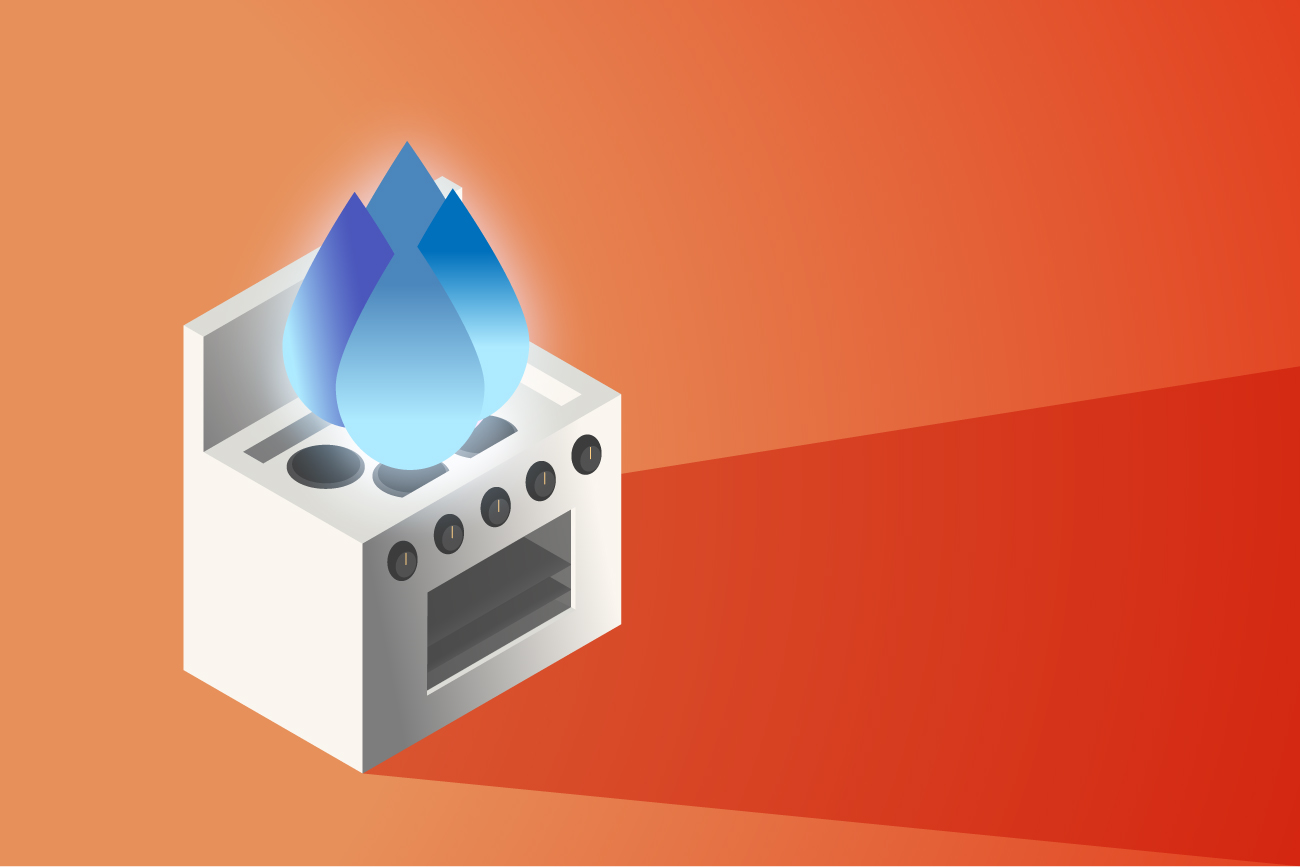Coal fuels 60% of Australia’s electricity, but the tide is shifting. Seven of 16 coal-fired power plants across the country are set to close by 2035¹. In addition, Australian State Governments are implementing programs to phase out residential gas products. For example, Victoria will end gas incentives² and the Australian Capital Territory is banning new gas connections to homes³ from 2023 as part of a broader plan to reach net zero targets.
As the nation starts to douse its fossil fuel energy flame, it is accelerating the shift to renewables. With solar, wind, and hydro forecast to make up 69% of the country’s electricity mix by 2030⁴, it is becoming evident that the once passive electricity consumer will become an active participant in a distributed new energy future.
Out with the old and in with the new.
Just like the electric vehicle (EV), the electric home will play a critical part in helping to maximise the utility of renewable and distributed energy production. Did you know that the best way to get the most savings and least environmental impact out of your EV is to charge it from your electric home?
With volume home builders like Henley Homes now only building solar all-electric homes, and zero energy home entrepreneurs like ZERO Living proving that electric homes can generate twice as much energy as they consume, there is no doubt that the home electrification movement is gathering momentum.
But how much does the average Australian really know about all-electric living? We took to the streets of Melbourne to find out.
What does an all-electric home mean to you?
Misconception #1 – Solar power equals an electric home
There is no doubt that home electrification starts with the sun. A solar system will give you the ability to generate your own clean electricity. But solar is only one part of the electrification equation. The next step is installing a home battery to save your excess solar-generated electricity to use at night when electricity rates peak or when the grid goes down.
Once your home can make and store its own energy, switching your gas appliances over to electric cooking, heating, and hot water can save you thousands of dollars a year⁵ and give you freedom from future energy uncertainties.
Misconception #2 – An electric home is just a smart home
In our street survey, we found that Gen Z are the most ambitious in their understanding of all-electric living, associating the term with artificial intelligence.
Like the futuristic 1960s cartoon the Jetsons, where robot maids and flying cars are commonplace, this generation interprets all-electric living as a smart home where everything is controlled via voice or phone.
While Siri, Alexa, and Google may not be the poster robots for electric living, home energy management system (HEMS) automation is an essential aspect of home electrification. The Enphase® Energy System™ brings solar, batteries, EV charging, and software together in one complete platform so now you can make, use, save, and sell your own power—all through a smart mobile app.
Misconception #3 – An all-electric home isn’t worth the money
The most prominent misconception about all-electric homes is that they are not worth the expense. Most respondents do not see home electrification as an investment, as they are overwhelmed by the upfront costs and work involved.
With electricity prices set to spike 56% over the next two years⁶, the payback is very real and multifaceted. Not only can homeowners reduce, or possibly eliminate, their electricity bills, but electric living also provides energy independence and security should the grid go down or become unstable.
The upfront costs may be daunting but being the brightest house on the street guilt-free, even in a blackout, is priceless. Electrification may just be the only power bill savings tip that actually works.
Misconception #4 – Gas is cheap and healthier than coal
Not only are gas prices expected to rise 40% over the next two years⁷, but many Australians are also unaware that burning gas at home poses many health risks.
Nitrous oxides and fine particulate matter released during gas cooking can cause respiratory issues, with gas appliances responsible for 12% of childhood asthma cases⁸. A child living with gas cooking in the house faces a comparable risk of asthma as a child living with household cigarette smoke. By getting rid of gas, you’re making your home healthier and safer and protecting your pocket.
Tomorrow’s clean energy today
Don’t get left in the dark, learn more about home electrification powered by Enphase here.
Reference
1https://www.abc.net.au/news/2022-02-17/origin-to-shut-eraring-power-station-early/100838474
2https://www.canberratimes.com.au/story/7804264/victoria-unveils-gas-phase-out-plan/
3https://www.canstarblue.com.au/gas/act-to-ditch-natural-gas-august-2022
4https://www.theguardian.com/australia-news/2022/feb/17/australias-largest-coal-fired-power-station-eraring-to-close-in-2025-seven-years-early
5https://sourceable.net/all-electric-homes-will-save-thousands-each-year-for-outer-metro-households
6https://www.afr.com/politics/federal/labor-s-power-prices-promise-dead-energy-costs-to-spike-56pc-20221024-p5bscz
7https://www.smh.com.au/politics/federal/what-could-the-government-do-to-keep-power-bills-down-20221026-p5bsz9.html
8https://www.climatecouncil.org.au/resources/benefits-living-gas-free-home/




